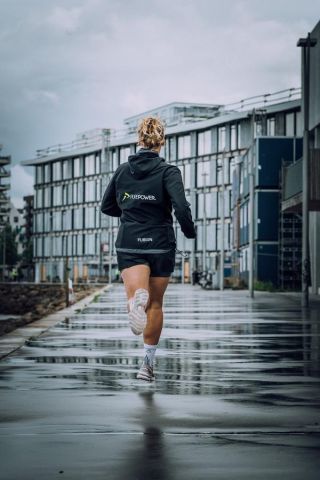
Road to Boston Marathon Part 1
A Tribute to the First Female Runners
On April 18, 2022 I am excited and grateful to be able to run the historic and prestigious Boston Marathon! As a physical therapist at Fusion Wellness /Femina Physical Therapy and avid long-distance runner for over 20 years, I’m excited to share my training journey with you leading up to the race. This race holds a special place in the hearts of long-distance runners because you must run a qualifying race with a qualifying time. Females ages 18-34 must run 3 hours 30 minutes or better, and males ages 18-34 must run 3 hours flat or better.
My most recent qualifying race was California International Marathon (CIM) in Sacramento, all the way back in December 2019! Due to the Covid pandemic, the majority of running races in 2020 and 2021 had been postponed or canceled, and they accepted qualifying entries back to 2019. Normally, I would compete in marathons and ultra-marathons throughout the year, but due to the risks of COVID, I refrained from competing for the past two years. In runner time, that feels like a lifetime! Being able to run any distance, like any other endurance sport and fitness in general, is use it or lose it.
Over the course of the past three months, I have steadily been getting back into marathon shape since my racing hiatus. There are several major components to training:
- Running (go figure!) this includes speed-work
- Hill training (hill repeats), long runs
- Tempo runs at 10 km pace or faster
- Strength, endurance, and dynamic balance training (see Part 2 in this series)
- And lastly (but just as important) is recovery! (see Part 3)
At the beginning, I felt the sluggishness of not training seriously for two years. During 2019 and 2020 I kept my overall running mileage at about 15-25 miles per week for mental well-being, stress relief, and physical health during 2020 and 2021, but I had not kept up with the speed-work, hill repeats, tempo runs, and long runs that are crucial to running a fast and strong race. Over the course of the next few weeks leading up to the race, I will share my journey to the Boston Marathon with you, detailing my conditioning and strengthening, as well as how I recover after all those fast or long runs!
A little history about the race itself
The Boston Marathon was inspired by the spirit of the Olympic Marathon based on the Greek story of Pheidippides who ran 24-miles from the Greek city of Marathon to Athens with news of a victory over a Persian army. The first Boston Marathon was on April 19, 1897 (Patriot’s Day).
What may be lesser-known is that the Boston Athletic Association (also known as B.A.A., the race organizers) did not permit females to register or run the race until 1971! Trailblazer Roberta Gibb unofficially ran the race for three years from 1966 to 1968 by hiding in the bushes near the starting line without an official race number. Another trailblazer, Katherine Switzer, officially registered under the name K. Switzer, and ran in sweatpants and a baggy sweatshirt the entire race so as to dissuade officials from noticing that she was female. The first official female finisher of the Boston Marathon was Nina Kuscsik in 1972, the year the B.A.A. permitted females to register for the race.
As I toe the line on April 19, I will do so with the respect, admiration, and gratitude to the females who came before me and put it all on the line to be able to participate in endurance racing.
